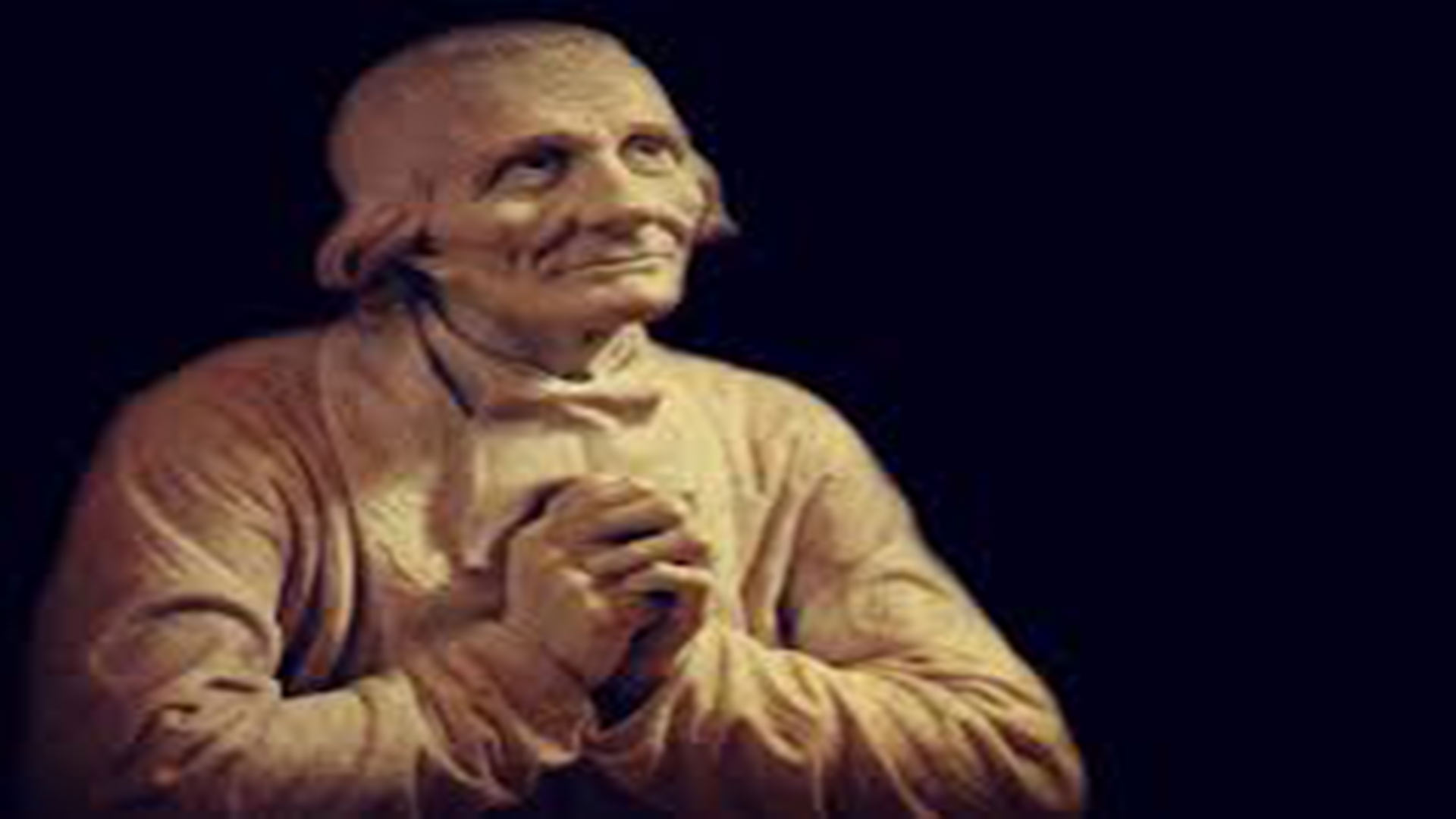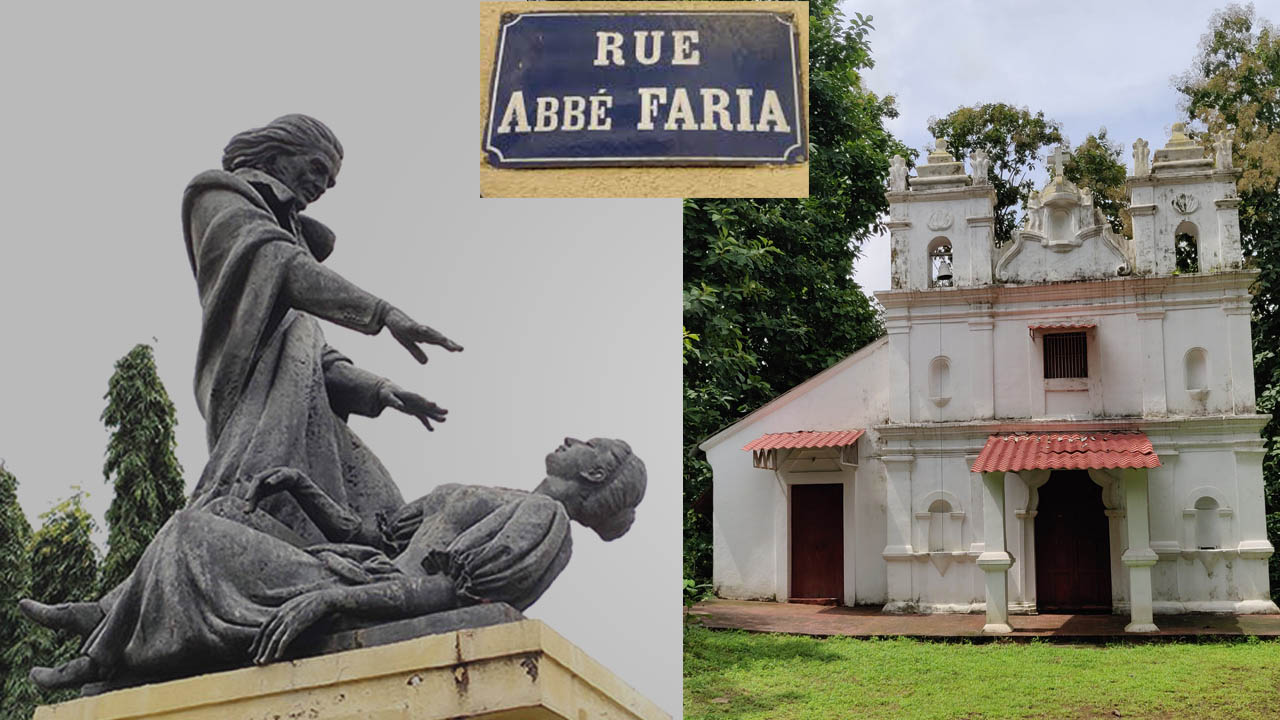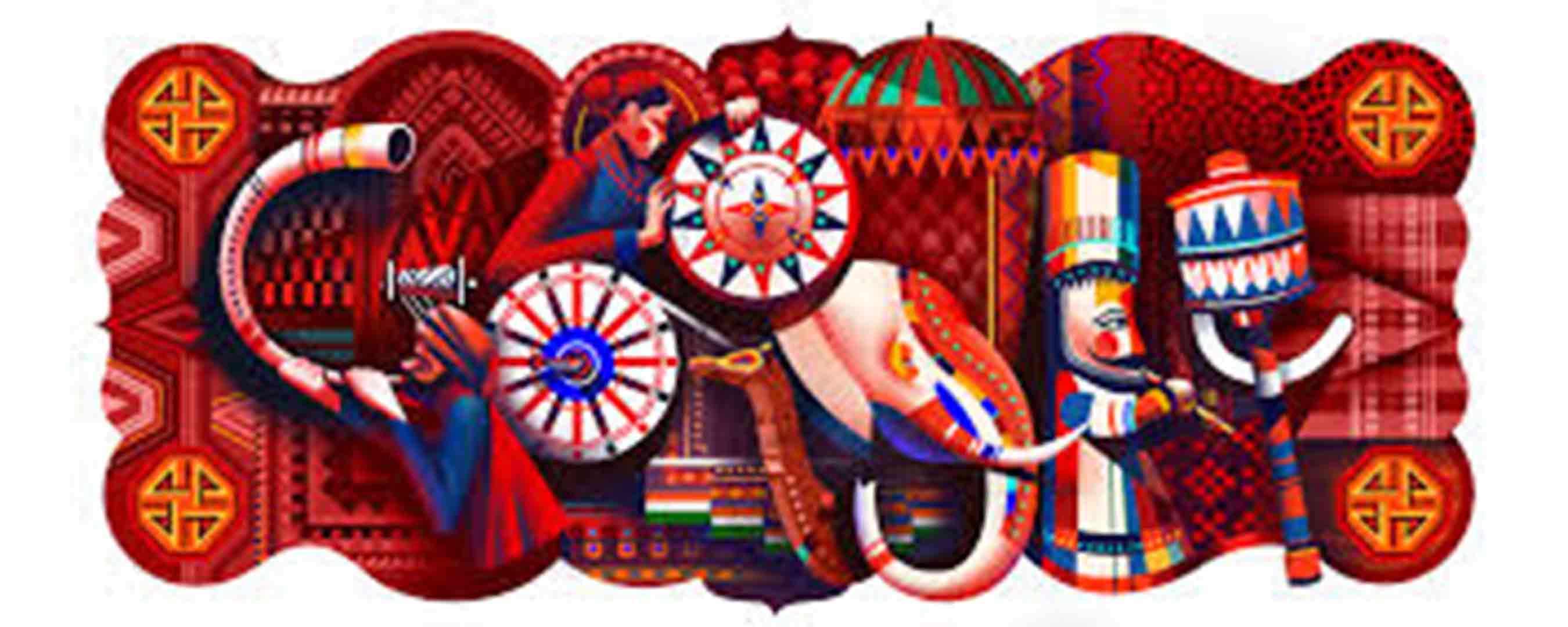The Curé of Ars: a Fool for Christ
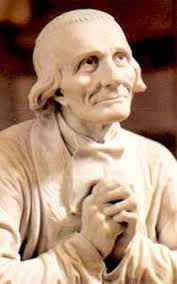 Some thirty years ago, I was touched by The Little Catechism of the Curé of Ars. The book contained select passages from the sermons and writings of one who had scraped through the seminary but ended up teaching even exalted churchmen. The book comprised his sage counsel on thirty-six important topics – Catholic wisdom stated in a simple, sublime, penetrating way.
Some thirty years ago, I was touched by The Little Catechism of the Curé of Ars. The book contained select passages from the sermons and writings of one who had scraped through the seminary but ended up teaching even exalted churchmen. The book comprised his sage counsel on thirty-six important topics – Catholic wisdom stated in a simple, sublime, penetrating way.
Amazing Life
I was simply curious to know about the life of this spinner of divine tales. He was none other than St Jean-Baptiste-Marie Vianney (1786-1859), a modest priest who transformed Ars, a non-descript parish in France, into a spiritual hub, thanks to his soothing confessions and zealous preaching.
Vianney was a born in a revolutionary age but spurned the revolution. In the face of the anticlerical sentiment of the Reign of Terror in France, he got to make his first communion and confession only at 11 years of age. Meanwhile, the heroism of the priests and nuns who had risked their lives for their faith impressed him. He felt a strong call that to pursue the priesthood but struggled with his theological studies. In 1815, he was finally ordained “though compassion”.
In 1818 he was appointed to Ars. The simple priesthood he exercised there, guided by prayer, fasting and penance, changed the village and infected the world with reports of his holiness. He was devoted to the Blessed Virgin Mary and to St Philomena. Most dedicated to the sacraments of the Holy Eucharist and Penance, he spent hours and hours before the Blessed Sacrament and in the confessional.
Always in awe of the priesthood, he said, “If I were to meet a priest and an angel, I would first greet the priest and then the angel… If there were no priest, the passion and death of Jesus would serve no purpose. What use is a treasure chest full of gold if there is no one who can unlock it? The priest has the key to the treasures of Heaven.”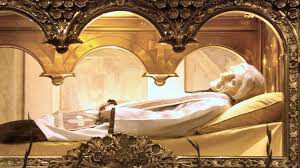
By 1827 Ars had become a pilgrimage site, and, from 1845 until Vianney’s death in 1859, thousands from all stations of life visited that model parish to hear his preaching, make their confession, and be counselled by him. Pope Pius XI canonised him in 1925 and later declared him Patron of the Parish Priests. His body lies incorrupt and preserved in a glass coffin in the basilica of Ars.
Secret Hour
Somehow, I can’t help thinking of Chesterton’s “Donkey”. Prizing his unique encounter with Christ in Jerusalem, this beast of burden quietly thought of all those who despised him as mere “Fools! For I also had my hour, One far fierce hour and sweet…”
Likewise, Vianney had only his priesthood to offer and wouldn’t trade it for the world. He lived it intensely to the point that he became an alter Christus. The spirit of God was engraved in his heart. His faith was his knowledge, which he sought not in libraries or amidst the learned, but solely by falling on his knees in prayer.
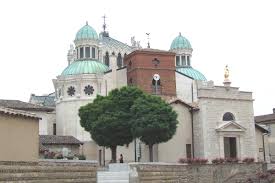
Thereafter there was no stopping him. His prayer flowed through his preaching. They say it was difficult to listen to him and be unmoved, because he preached with his whole being – to packed pews yet to each heart, and as though scanning every secret history. He spoke colloquial French, sometimes grammatically incorrect, yet the congregation got a foretaste of heaven. Mingling with his discourses some happy reminiscences of his shepherd life, he borrowed his similes and metaphors from nature, from the beauties of the country and the emotions of rural life. No wonder, men and women living in a troubled world experienced the peace of God’s word.
But that was not all. A spiritual cure would never be complete without a heartfelt confession, for the Lord never spurns a humble, contrite heart. Here was a Curé, a contemplative who softened the austerity of his ideas through poetic images. His life was restricted to the little world of Ars but his reflections on topical issues touched those who came from far and wide seeking his help. The pastor’s thoughts were deep and sometimes startling enough to stop the penitent in his tracks. For instance, he called the cemetery the home of all; purgatory, the infirmary of the good God; and earth, a warehouse. And he said, very categorically, that a soul after confession requires tears to purify it.
What a fool!
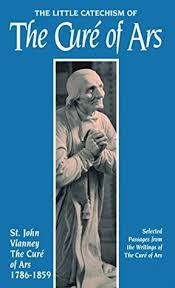
I confess with nostalgia that it is in the Little Catechism of the Curé of Ars that I first encountered the term “infused science”. This refers to knowledge divinely conferred on human beings without previous experience or reflection. Or, according to Père Gratry, who is quoted in the preface: “There is no doubt that, through purity of heart, innocence, either preserved or recovered by virtue, faith, and religion, there are in man capabilities and resources of mind, of body, and of heart which most people would not suspect. To this order of resources belongs what theology calls infused science, the intellectual virtues which the Divine Word inspires into our minds when He dwells in us by faith and love.”
When I first read Vianney, it struck me that wise fools are they who are anointed by the Lord with an infused science that makes all things possible. In the words of St Paul, “We are fools for Christ's sake, but you are wise in Christ.” (1 Cor 4: 10)
When I met Abade Faria...
I lived next door to Abade Faria for thirty years. As a child, I remember asking my father what that name meant. Keen on passing on informatio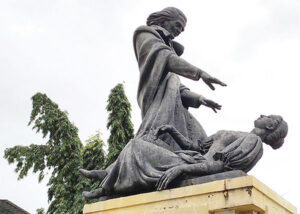 n about our land and our people, Papa said he was a priest who had the distinction of being the discoverer of hypnotism. As for me, I didn’t quite like to see Faria in that strange pose. It was terrifying to see that lady tumbling down before his very eyes; it even seemed like he had knocked her down. But then, I wouldn’t speak ill of my neighbour, or ask odd questions…
n about our land and our people, Papa said he was a priest who had the distinction of being the discoverer of hypnotism. As for me, I didn’t quite like to see Faria in that strange pose. It was terrifying to see that lady tumbling down before his very eyes; it even seemed like he had knocked her down. But then, I wouldn’t speak ill of my neighbour, or ask odd questions…
Abade Faria is that very striking statue in the heart of Panjim. I couldn’t have met the man himself: José Custódio de Faria was born in 1756, at his mother’s house in Candolim. His father was from a less known village, Colvale. As I came of age, I learnt that he was the son of a priest and a nun… Hold on! They were ‘normal’ people, Caetano Vitorino de Faria and Rosa Maria de Souza, who got married, had a child, and then broke up. The father took holy orders at the then Chorão seminary while the mother joined St Monica, Asia’s largest nunnery, at Old Goa.
The father-son duo then travelled to Lisbon, and onward to Rome, where Faria Jr. was ordained a priest and the father-son duo did their doctorates in theology. On their return to Lisbon, the father was left harbouring nativist ideas; the son, seeking a safe harbour, proceeded to France, in 1788.
That’s how the name ‘Abbé Faria’ makes sense. The French word for ‘priest’ is still in vogue in the English-speaking w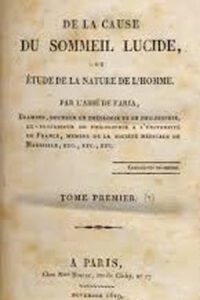 orld. Faria spent the last three decades of his life in Paris, Marseilles and Nîmes. In the midst of the Revolution, he was attracted to magnetism. ‘Magnetism’ was the older word for hypnotism, which the Abbé reinterpreted as “sommeil lucide” (lucid sleep) in his magnum opus De la cause du sommeil lucide ou étude de la nature de l’homme (Of the Cause of Lucid Sleep or Study of the Nature of Man), published posthumously.
orld. Faria spent the last three decades of his life in Paris, Marseilles and Nîmes. In the midst of the Revolution, he was attracted to magnetism. ‘Magnetism’ was the older word for hypnotism, which the Abbé reinterpreted as “sommeil lucide” (lucid sleep) in his magnum opus De la cause du sommeil lucide ou étude de la nature de l’homme (Of the Cause of Lucid Sleep or Study of the Nature of Man), published posthumously.
In 1988, as I arrived in France, Faria’s poignant story raced through my mind like a film. It was exactly two centuries since the only Goan who participated in the Revolution had stepped into Paris. Alas, I found no trace of his addresses in that magnificent global city. So I was hopeful about seeing the Abbé next in the luminous port city of Marseilles. My joy knew no bounds when I finally sighted a street named after him.
There I was quizzing a few pedestrians on that sleepy thoroughfare. When the very first speaker confessed his ignorance, I was crestf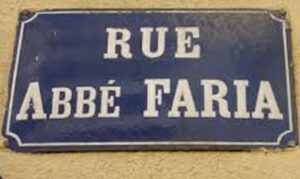 allen. But I bounced back on hearing my next interlocutor wax eloquent on the Abbé as a hypnotiser figuring in Chateaubriand’
allen. But I bounced back on hearing my next interlocutor wax eloquent on the Abbé as a hypnotiser figuring in Chateaubriand’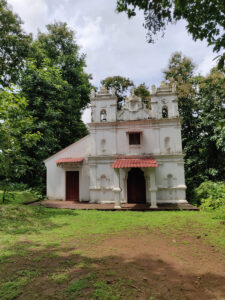 s memoirs and in Alexandre Dumas’ adventure novel The Count of Monte Cristo.
s memoirs and in Alexandre Dumas’ adventure novel The Count of Monte Cristo.
My third and final encounter was most memorable. When I fired my standard question – ‘Who is this Abbé Faria?’ – the man playfully shot back at me, saying, ‘He was an Indian – like you!’ And with a smile playing on his lips, he vanished into thin air, while I was stuck in a hypnotic state!
Back in Goa, my interest in Faria redoubled. One fine afternoon, very significantly, the fourth of July, my fiancée came along to see my friend Abade Faria in Colvale. Just locating his family estate in that northernmost village of Bardez took us longer than getting there all the way from Panjim. It felt as though we were searching for something in pitch darkness, no flashlights in hand, when really it was broad daylight… What an exploration indeed!
Renowned historian J. N. da Fonseca, who purchased the Faria estate in the nineteenth century, built a house there, possibly on the ruins of the hypnotiser’s family house. Only the private chapel was spared.
When I was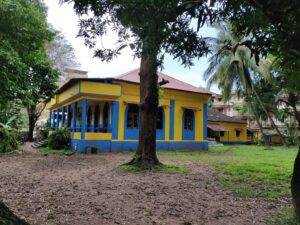 working on an article for the fortnightly Herald Illustrated Review, way back in 1995, I also visited the Souza house in Candolim, now an orphanage. It’s still the same today. Not a pretty sight, but there is at least a plaque m
working on an article for the fortnightly Herald Illustrated Review, way back in 1995, I also visited the Souza house in Candolim, now an orphanage. It’s still the same today. Not a pretty sight, but there is at least a plaque m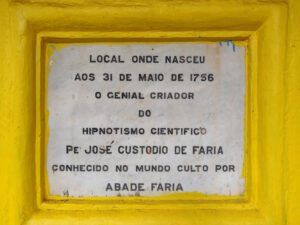 arking the birth of Goa’s most eminent, self-trained scientist who left his footprints on the sands of time.
arking the birth of Goa’s most eminent, self-trained scientist who left his footprints on the sands of time.
So, you see, it was great getting to know Abade Faria – my civic duty, to say the least. You too can trail him now. Begin today, on his 200th death anniversary.
(Herald Café, 20 September 2019, p. 1)
https://www.heraldgoa.in/Cafe/WHEN-I-MET-ABADE-FARIA%E2%80%A6/151383
Who will do the kator re bhaji?
‘Kator re bhaji’, meaning ‘Be bold; go ahead and do it!’, is not just another idiomatic expression in Konkani; it went down in history after a Goan, Caetano Vitorino de Faria of Colvale, Bardez, was heard prodding his son, Abbot José Custódio, who was with his nerves on edge at the pulpit in the royal chapel in Lisbon. Much later, Faria Jr., who studied the power of suggestion, came to be regarded as the ‘Father of Hypnotism’.
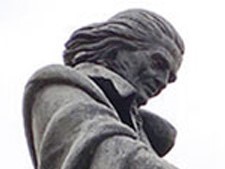
Meanwhile, they say that Faria Sr. and a few others had plotted to oust the Portuguese and establish a republic in Goa, in 1787. Had they succeeded, Goa would probably have seen the establishment of a republican regime two years before the French republic came about with its motto Liberté, Egalité, Fraternité…. (Liberty, Equality, Fraternity).
Today is the 26th of January. How does the common man regard this day? As a holiday, of course! Others look at it as the Republic Day of India, even while unsure of what a republic really means! So let us see what it is, and how it is different from a democracy pure and simple….

A democracy is people’s rule, or – in Abraham Lincoln’s memorable words – “a government of the people, by the people and for the people”. A republic is a “rule by elected officials” (as opposed to hereditary rulers).
Well, all republics are democracies, but not all democracies are republics. For example, a ‘direct’ or ‘pure’ democracy (that in which the people vote directly on every issue) is not a republic; whereas a ‘representative’ democracy (one in which the people elect representatives to study and vote on issues on their behalf) is another name for a republic.
Where does India fit in all this? India gained independence from Britain on 15th August 1947; but few may know that the King of England continued to be at the helm, thanks to the Government of India Act of 1935 that remained in force for some time to come! Why? Simply because Free India still did not have a constitution! So, on 28th August 1947, a committee was appointed, with Dr Ambedkar as chairman, to draft a constitution. This became effective from the 26th day of January, 1950.
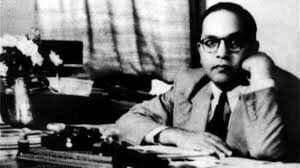
Thus, whereas Independence Day celebrates India’s freedom from British rule, Republic Day celebrates India’s constitution. Interestingly, 26th January was chosen as the D-day because, twenty years earlier, on that very day, the freedom movement spearheaded by the Indian National Congress had declared Purna Swaraj (complete freedom) as its objective. The 26th of January was dedicated to fully honouring that freedom, with the rule of law.
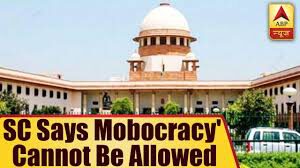
The Preamble of the Indian Constitution states that India is, among other things, a “democratic republic”. Thank God, there are internal checks and balances that prevent it from turning into a dictatorship. However, some would have it that India is indeed a democracy, a plutocracy, a kleptocracy and a mobocracy, all rolled into one! If that is so, who is responsible for this state of affairs? You and I! And thanks to its economic and technological progress, India today is a Netocracy as well. This is the great new reality. Remember, social networking is said to have clinched Obama’s recent victory; similar political trends are noticeable in the Indian context as well.
In 1950, India’s many monarchs gave in to the supremacy of the people. Democracy shaped in the form of a republic became the spirit of India. But the moot question is: Where do we, the people, stand today? Have we really grown and blossomed as a republic?
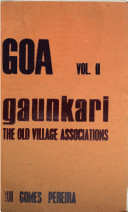
The republican system is not new to India. Our villages with their ganvkari were indeed little republics, each of them self-sufficient in goods and services. Under the Portuguese they came to be preserved as Comunidades, whereas in British India it is unfortunate that the system vanished into thin air.
Where do the precious values of those institutions stand today, in our fast-moving world steeped in materialism and consumerism? Today, India will flaunt her might at the Parade in New Delhi; but has the common man in India any might to parade? Can we in all honesty celebrate the sovereignty of the people of India? Aren’t the people usually taken for granted?
While we thank the Almighty for the positives that the country has seen, including its proud position in the comity of nations; it is also important to look at the abysmal lows that we have touched: the newspapers are brimming with news that makes us hang our heads in shame.... So, really, the speechifying must stop – I must stop – and we must ensure that we work concretely towards refreshing changes in the country. And to see that the Republic of India truly turns around, it is for you to bell the cat; it is for you, the younger citizens, to do your bit of the kator re bhaji!
(Republic Day speech, 2013, Prerana, Vol. XV, 2012-17)
